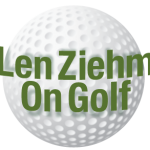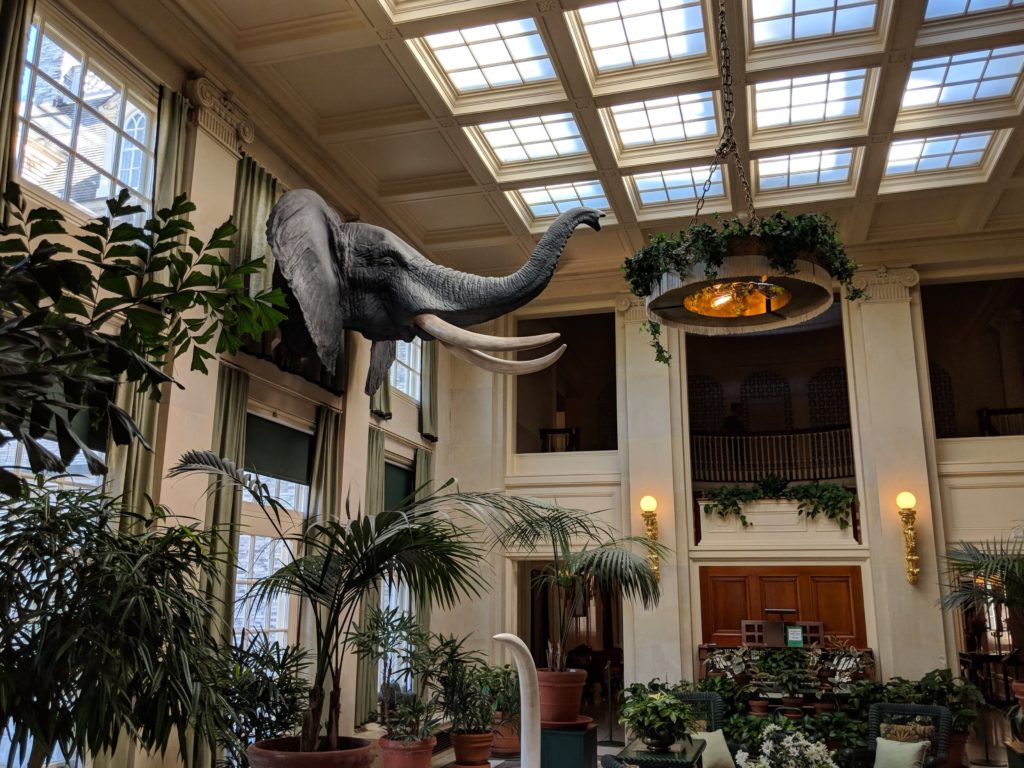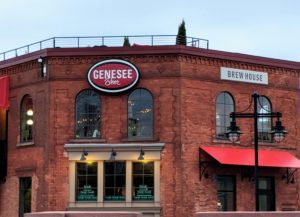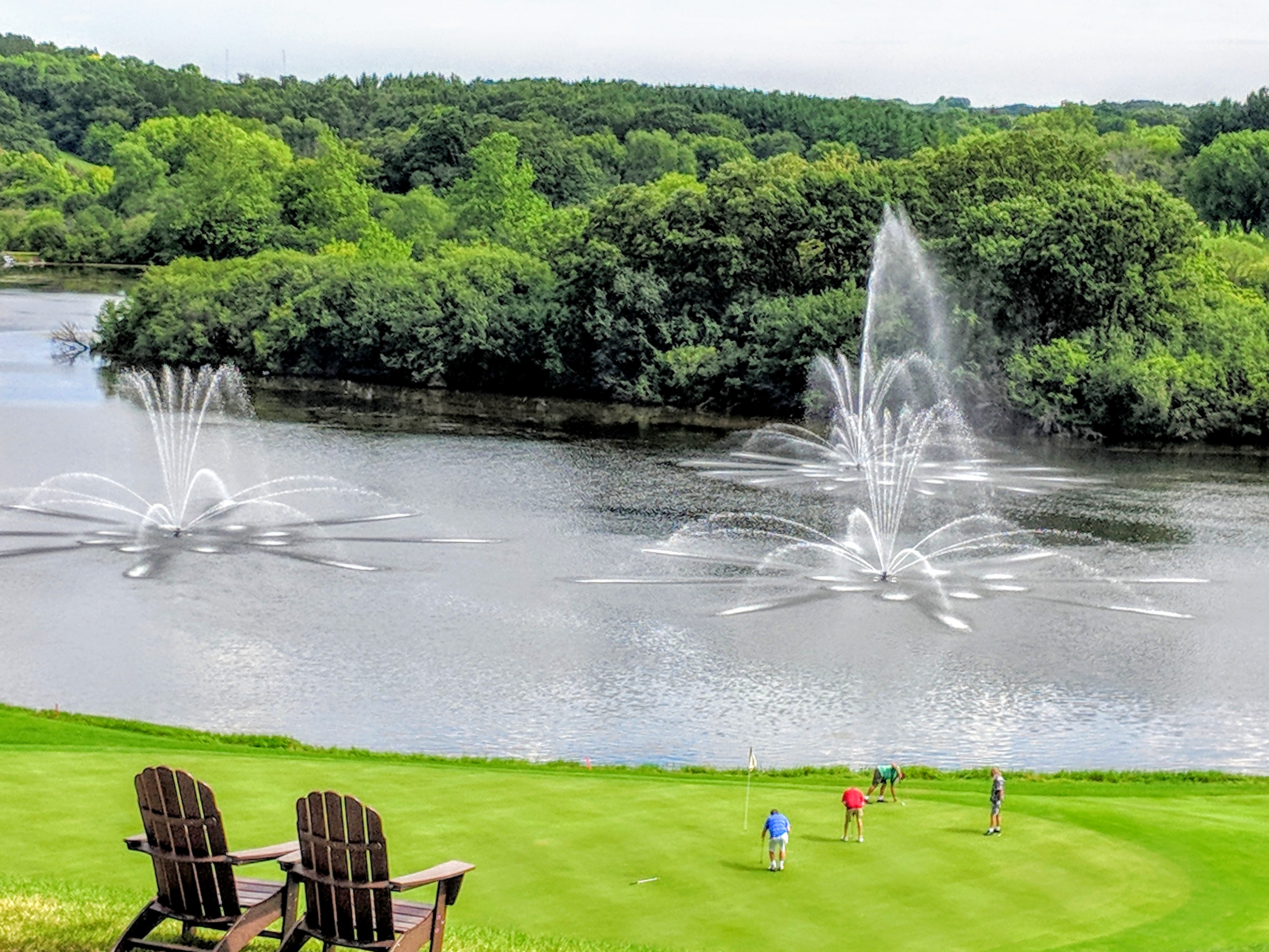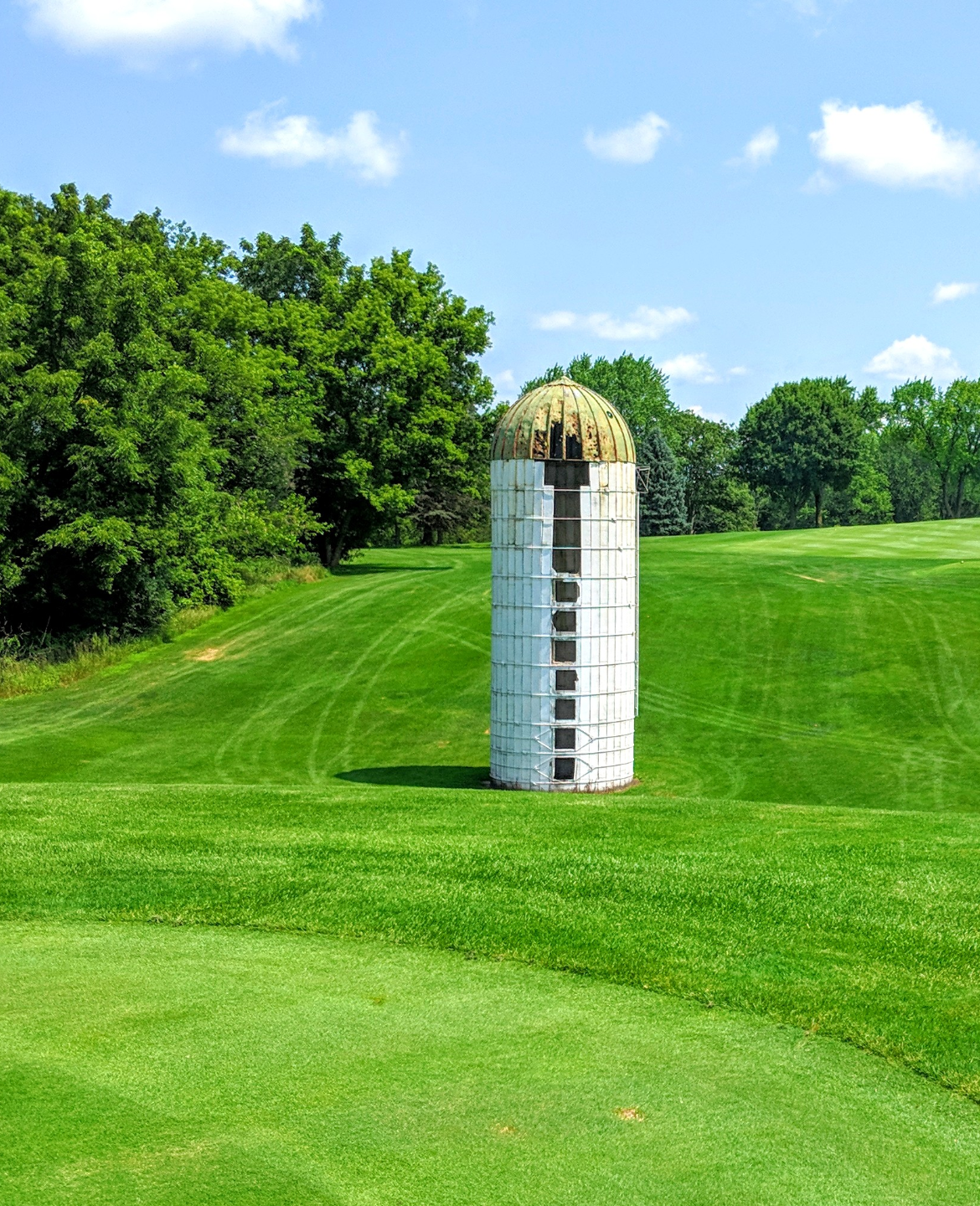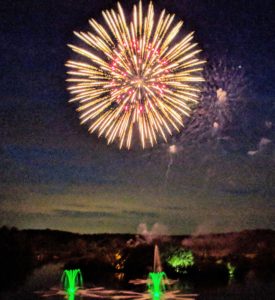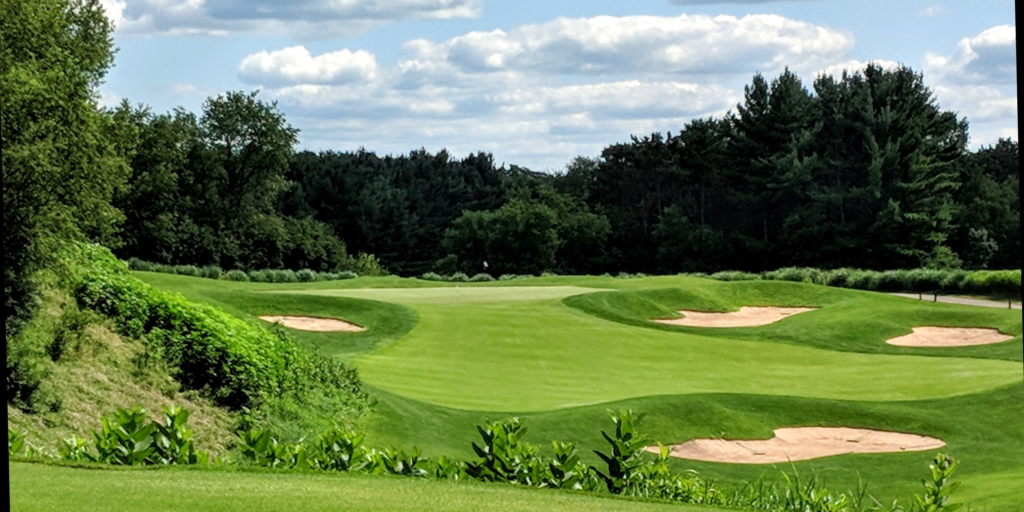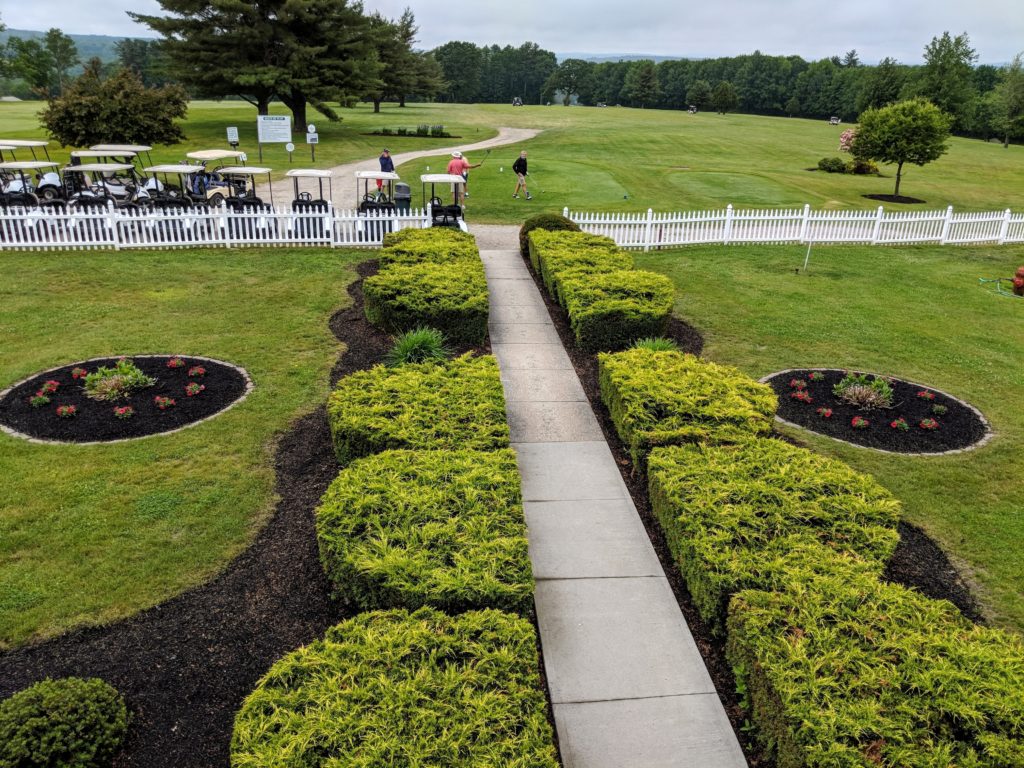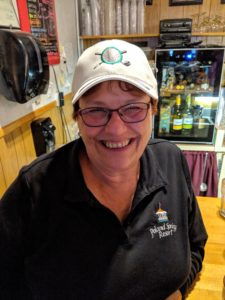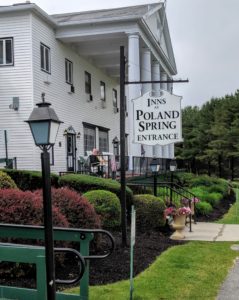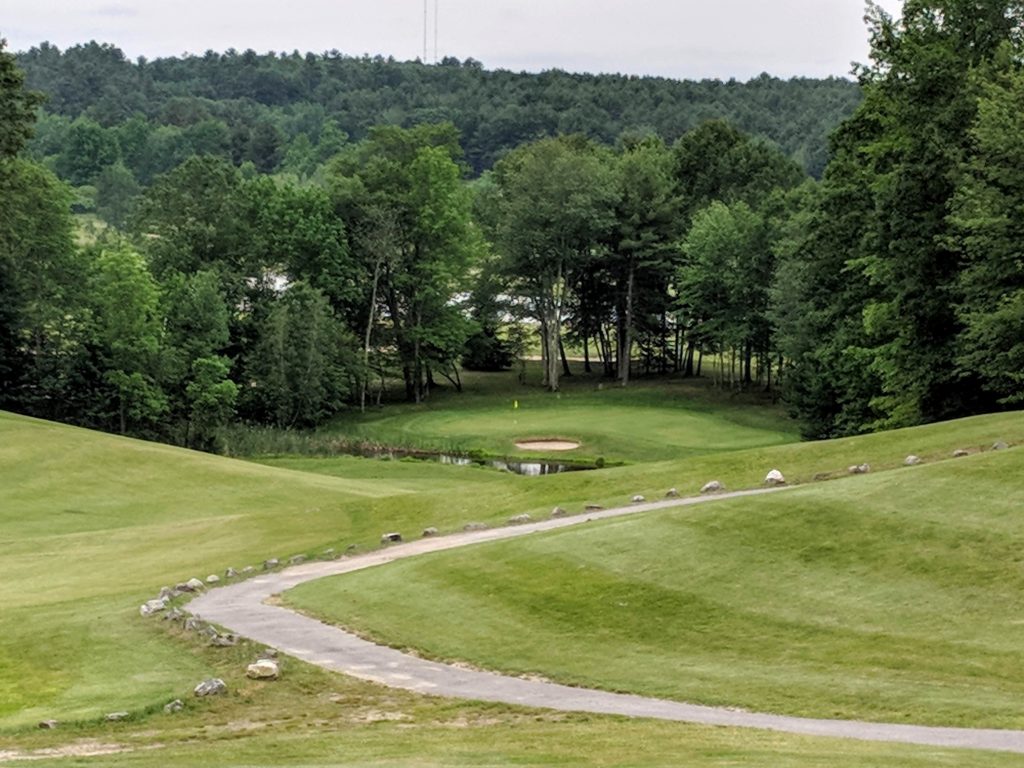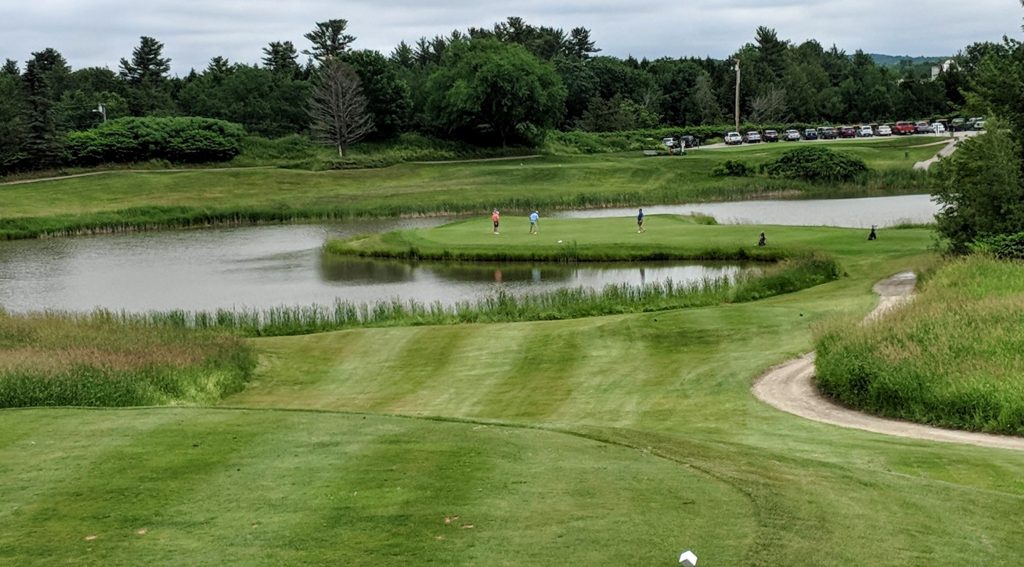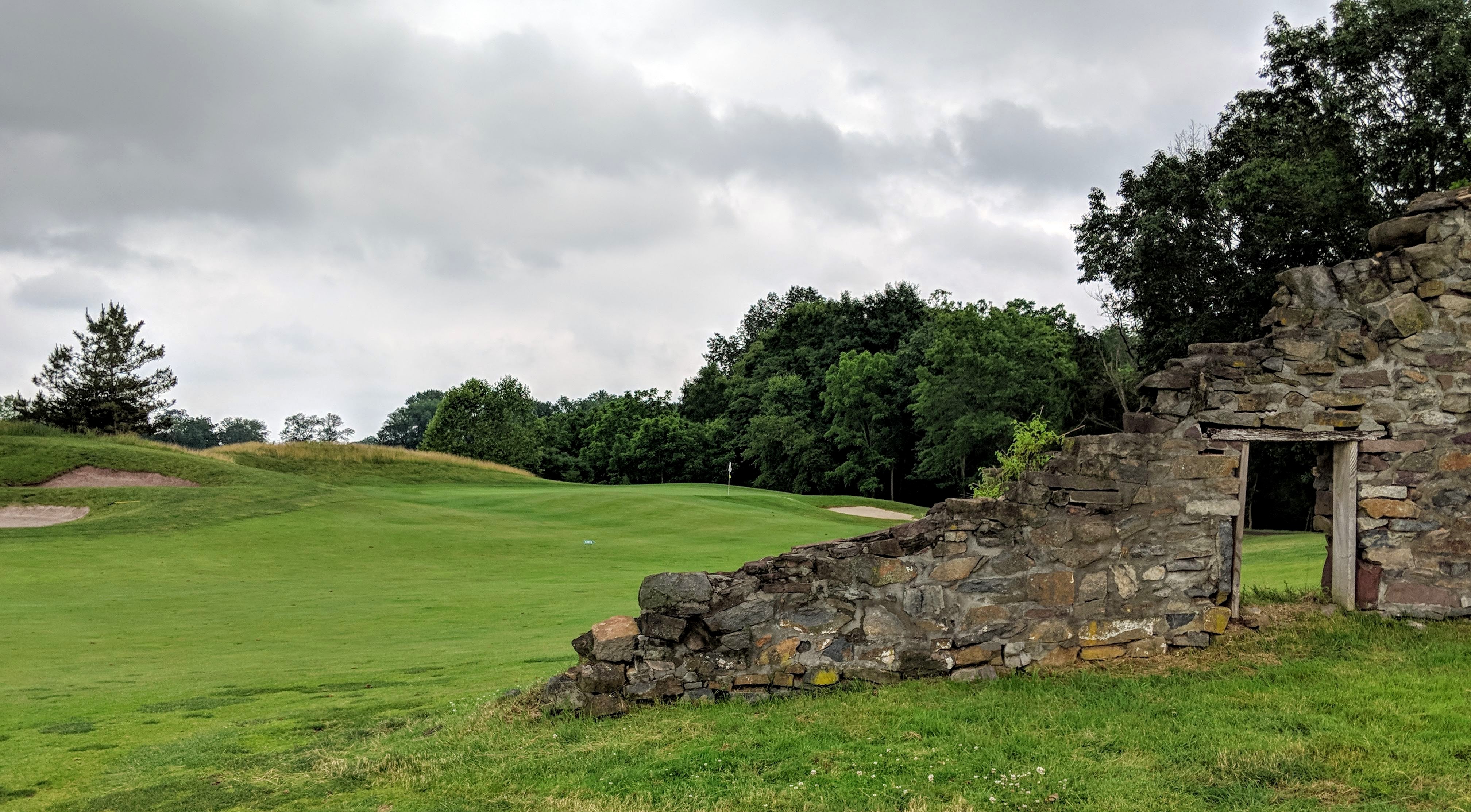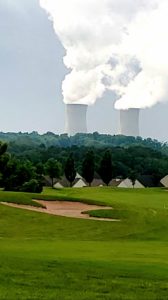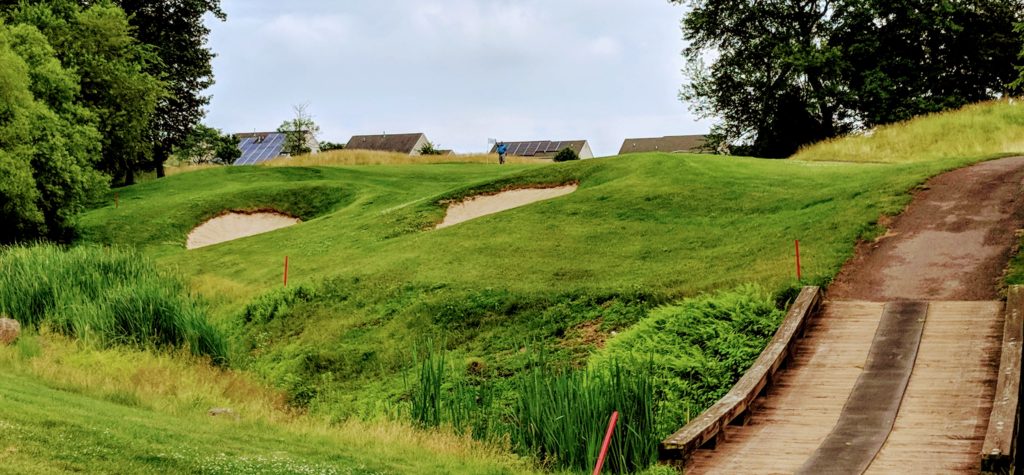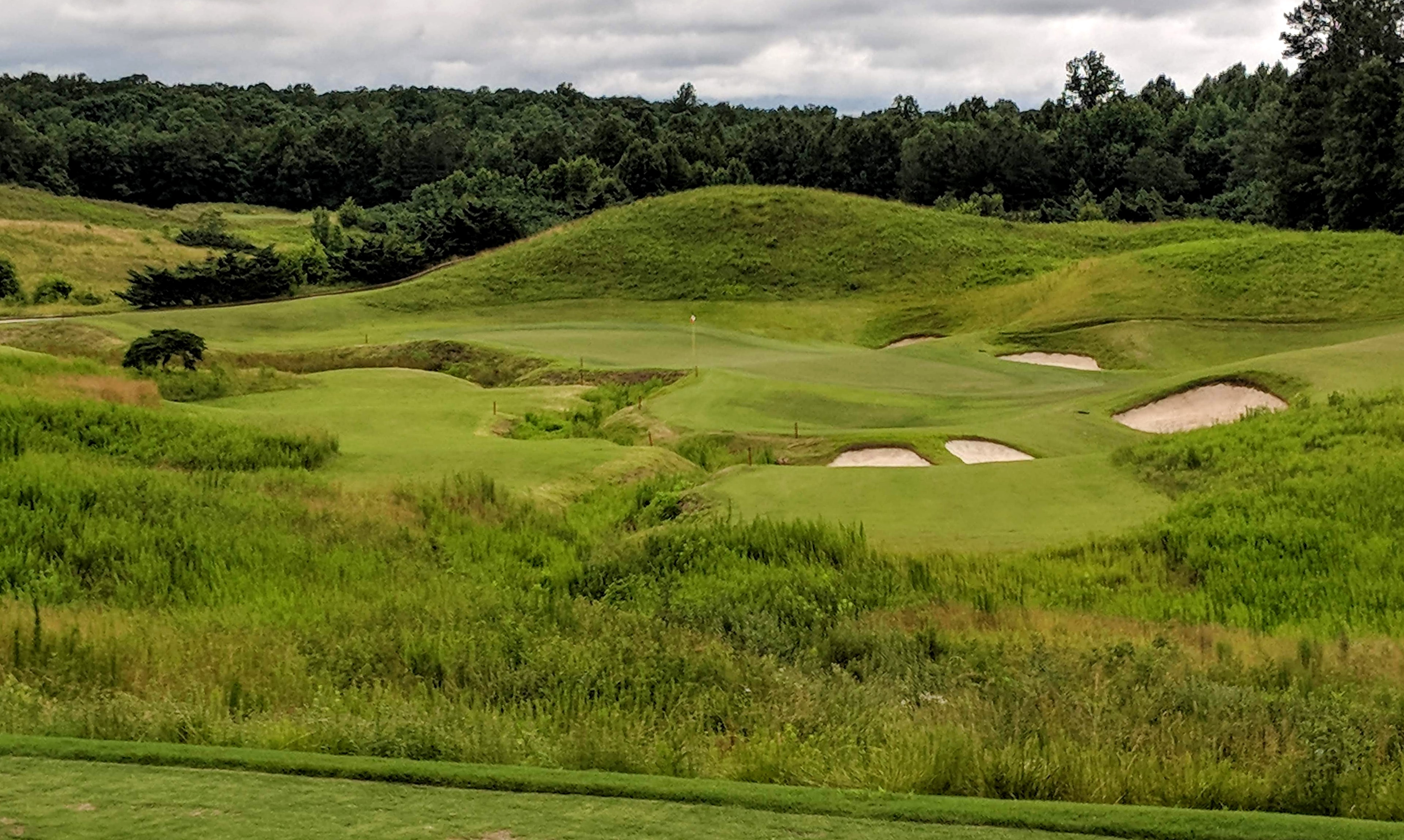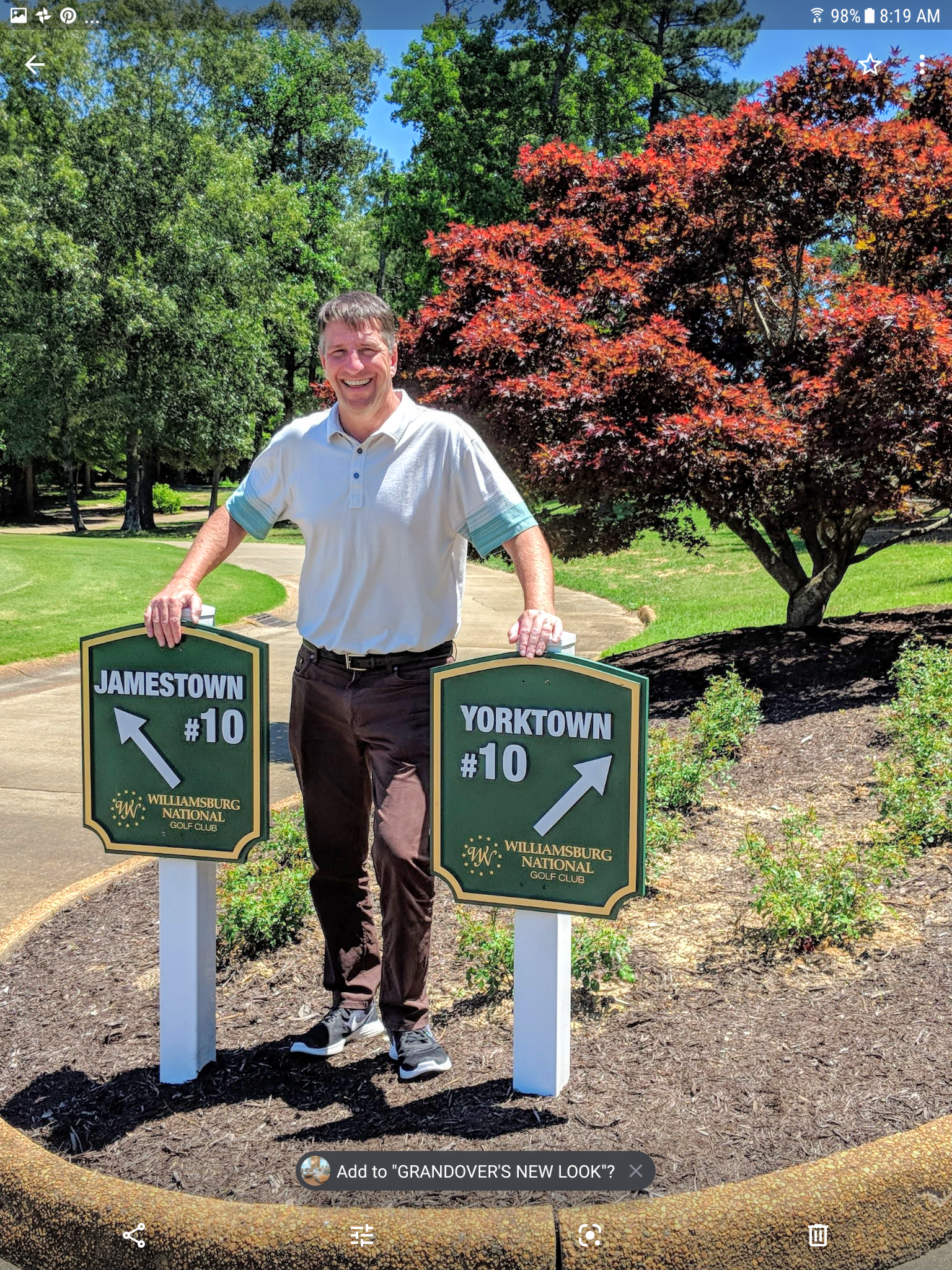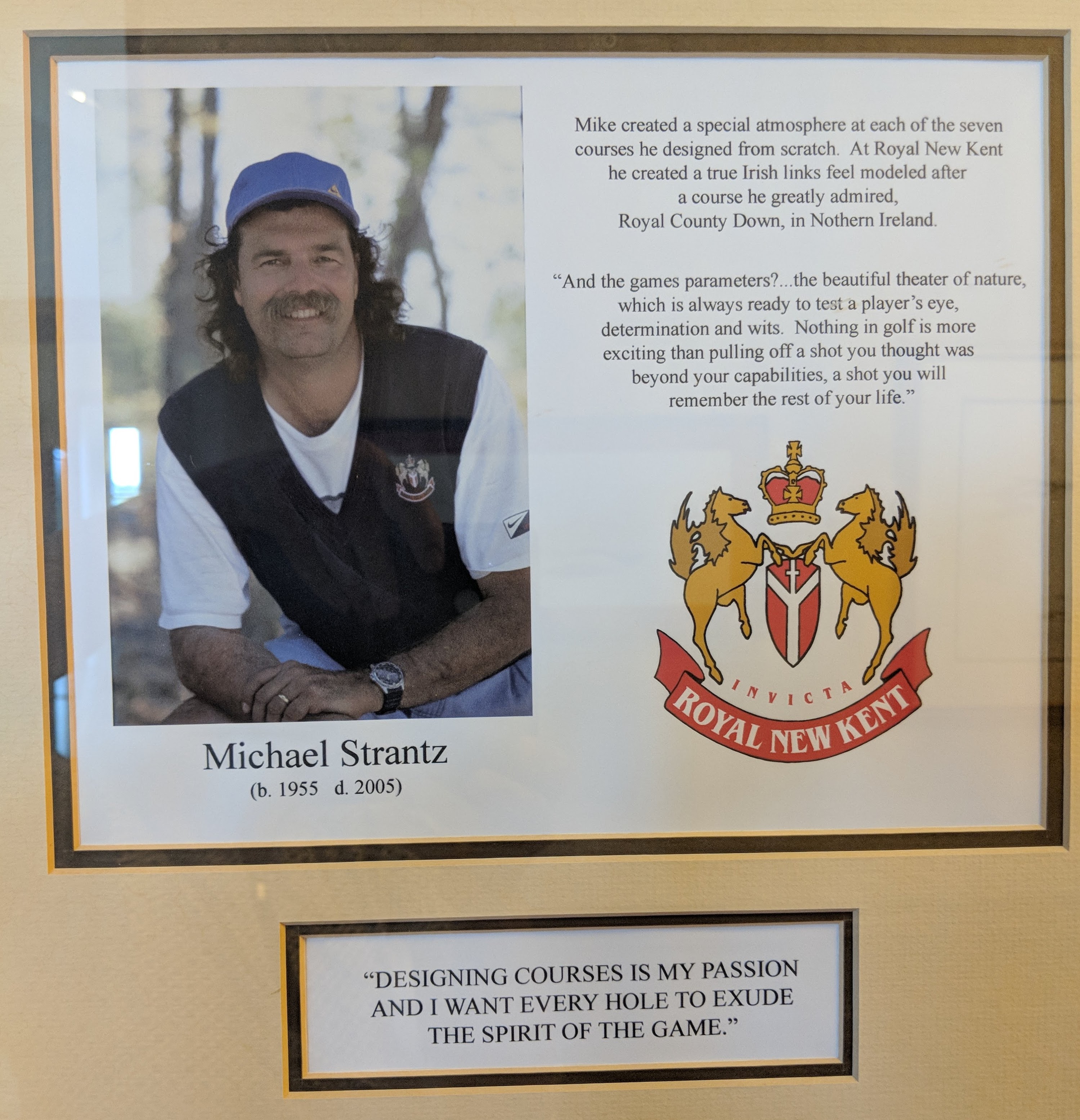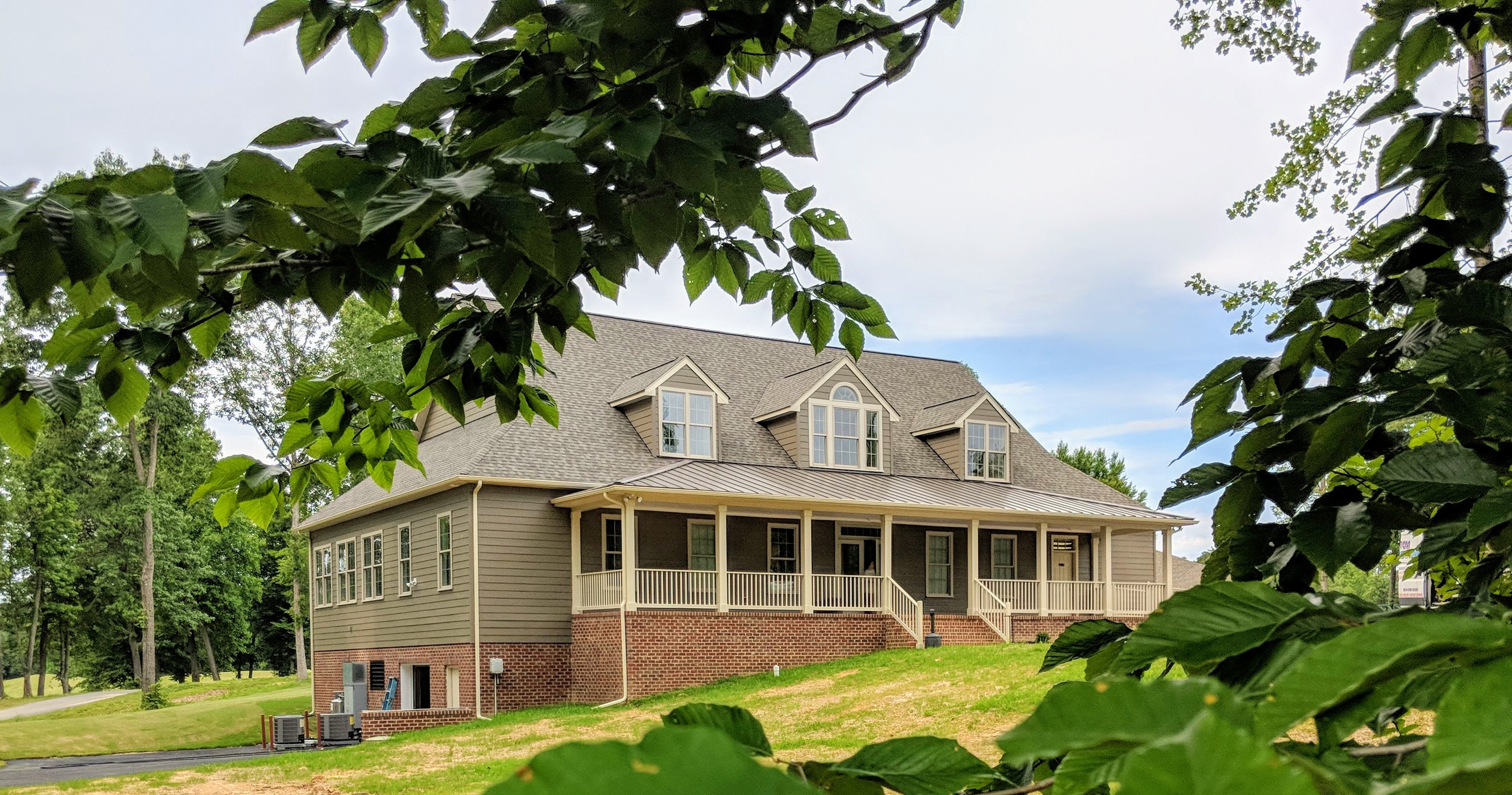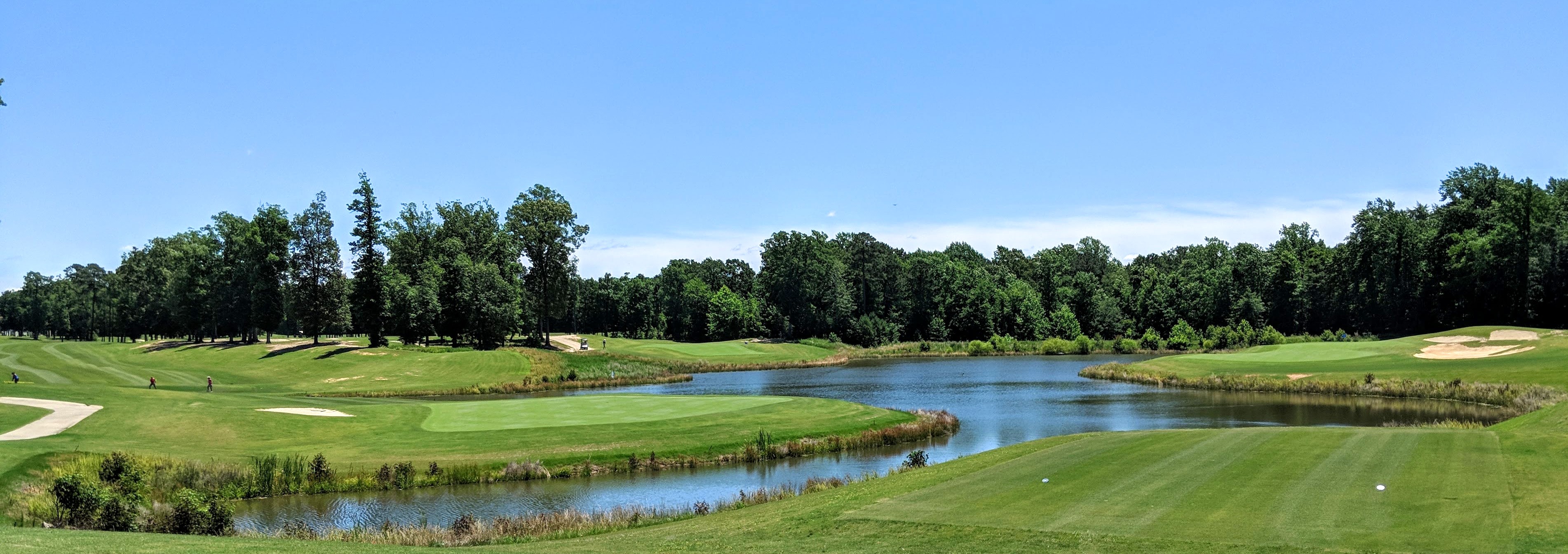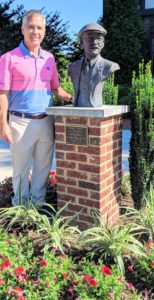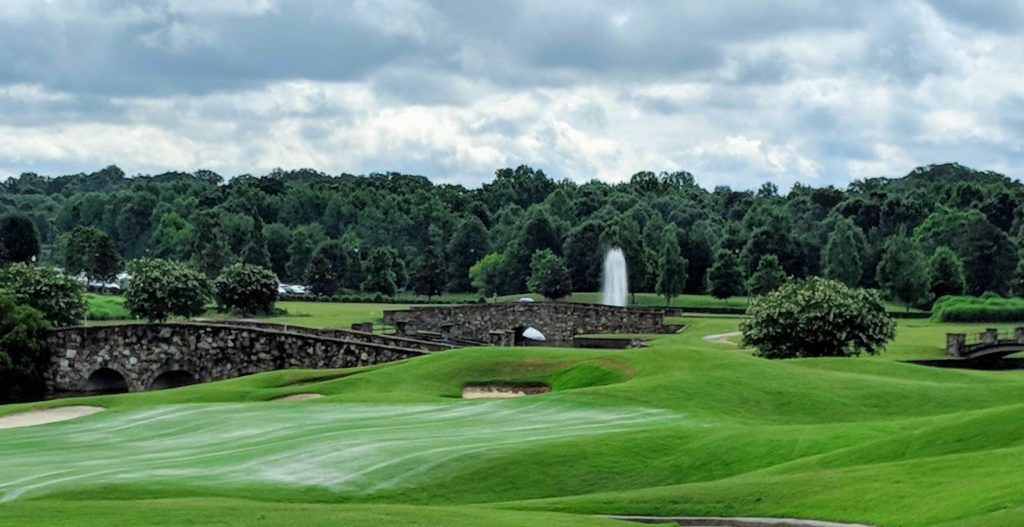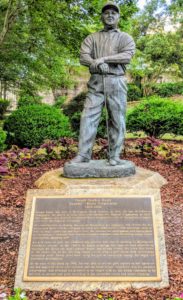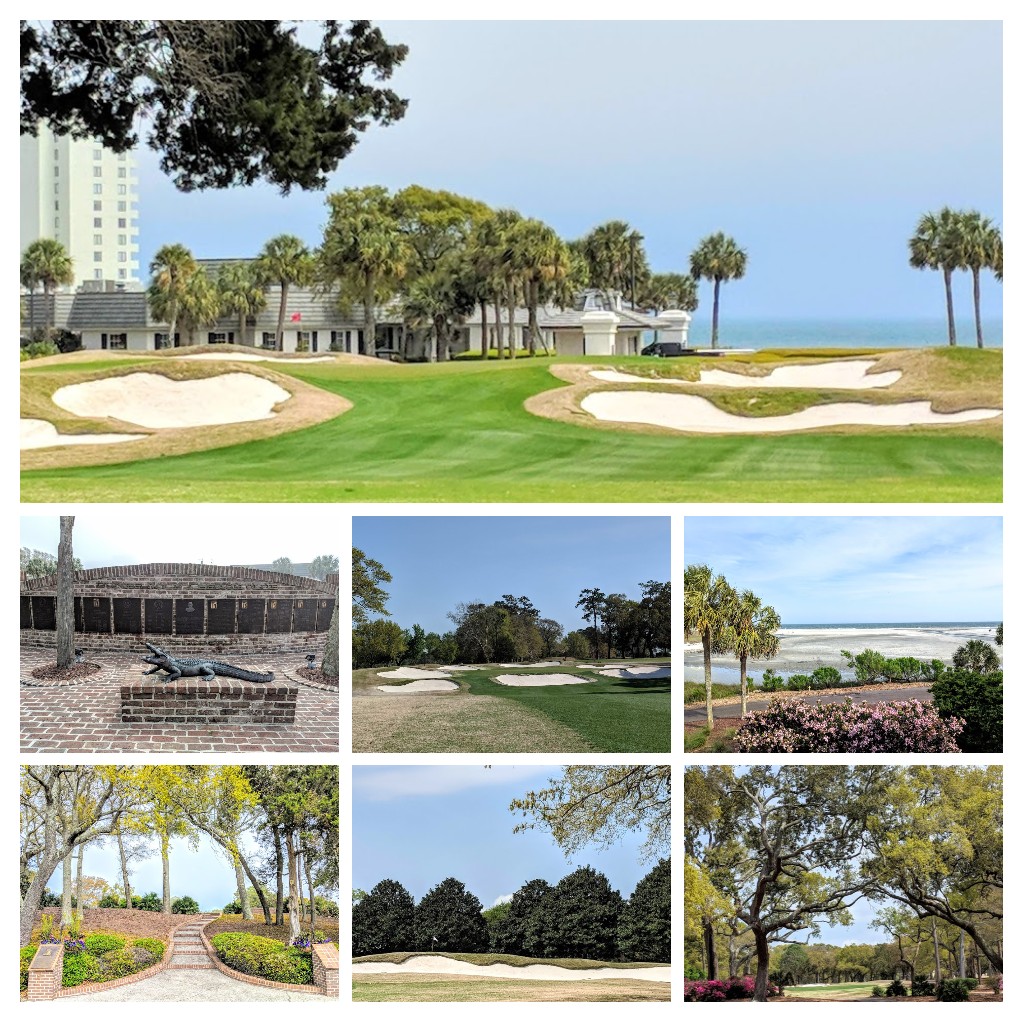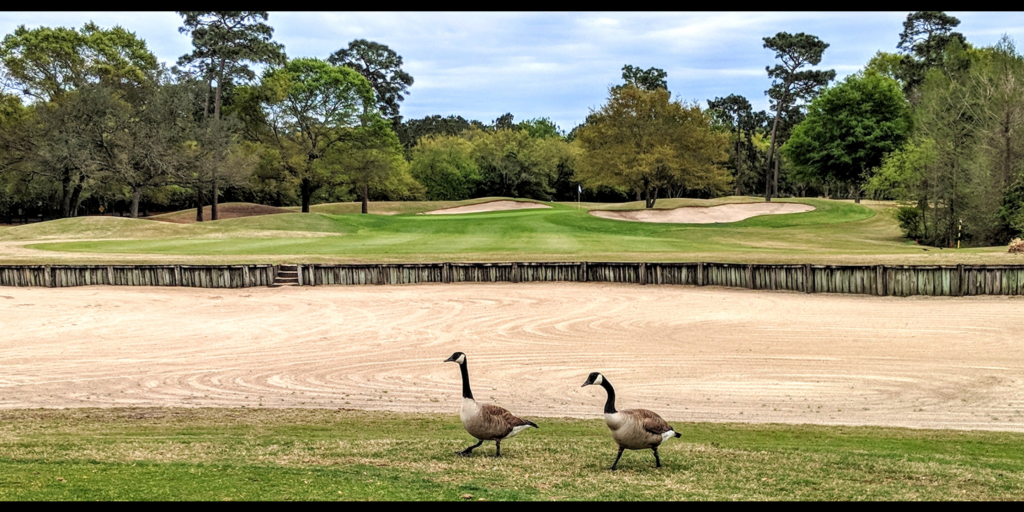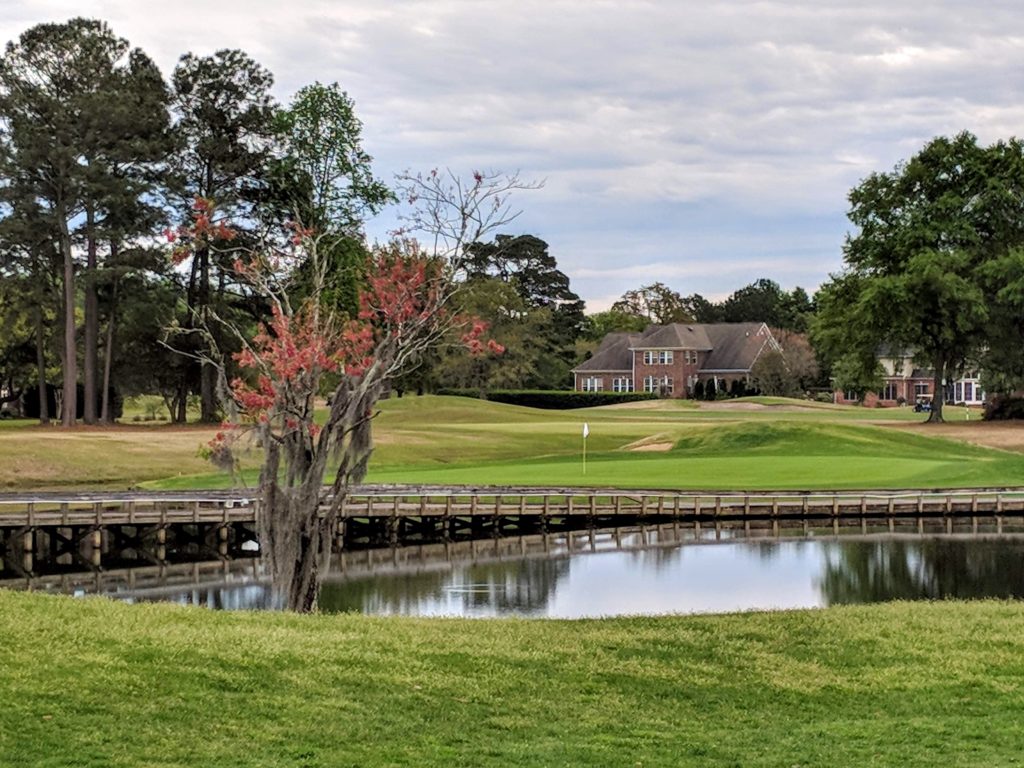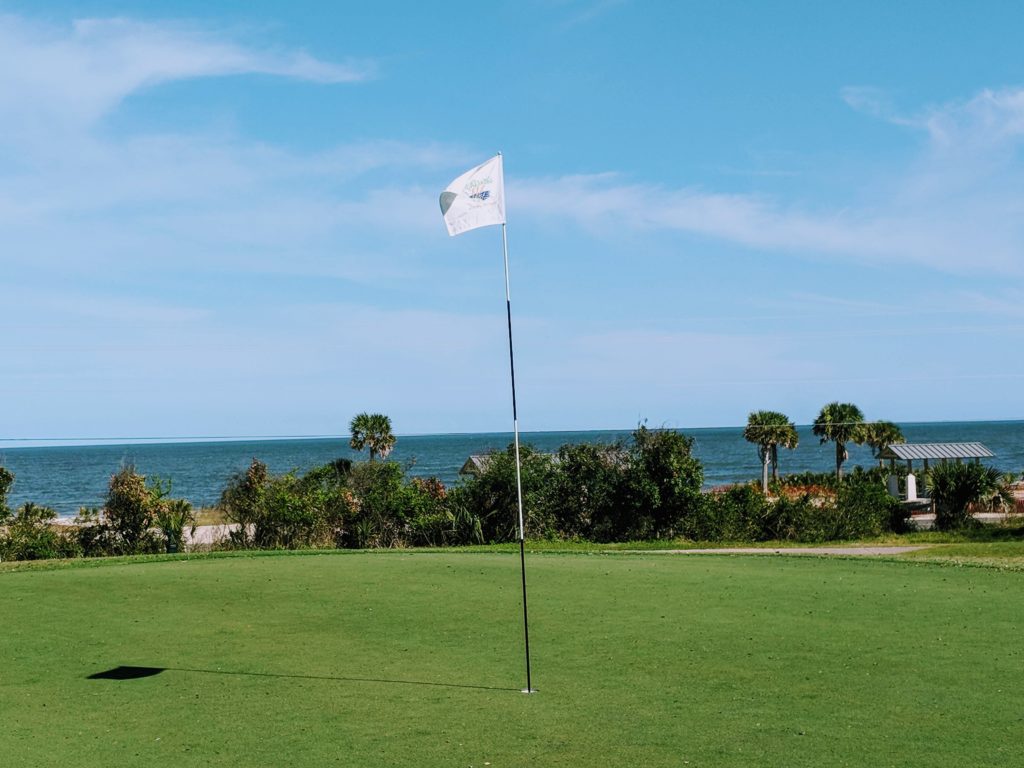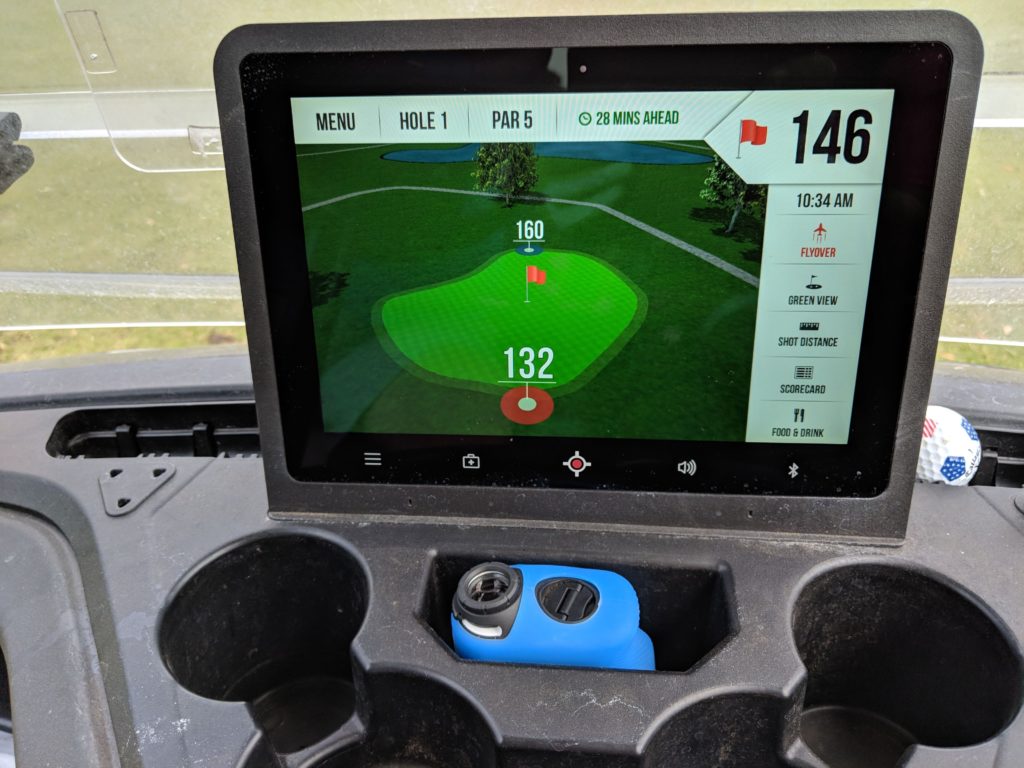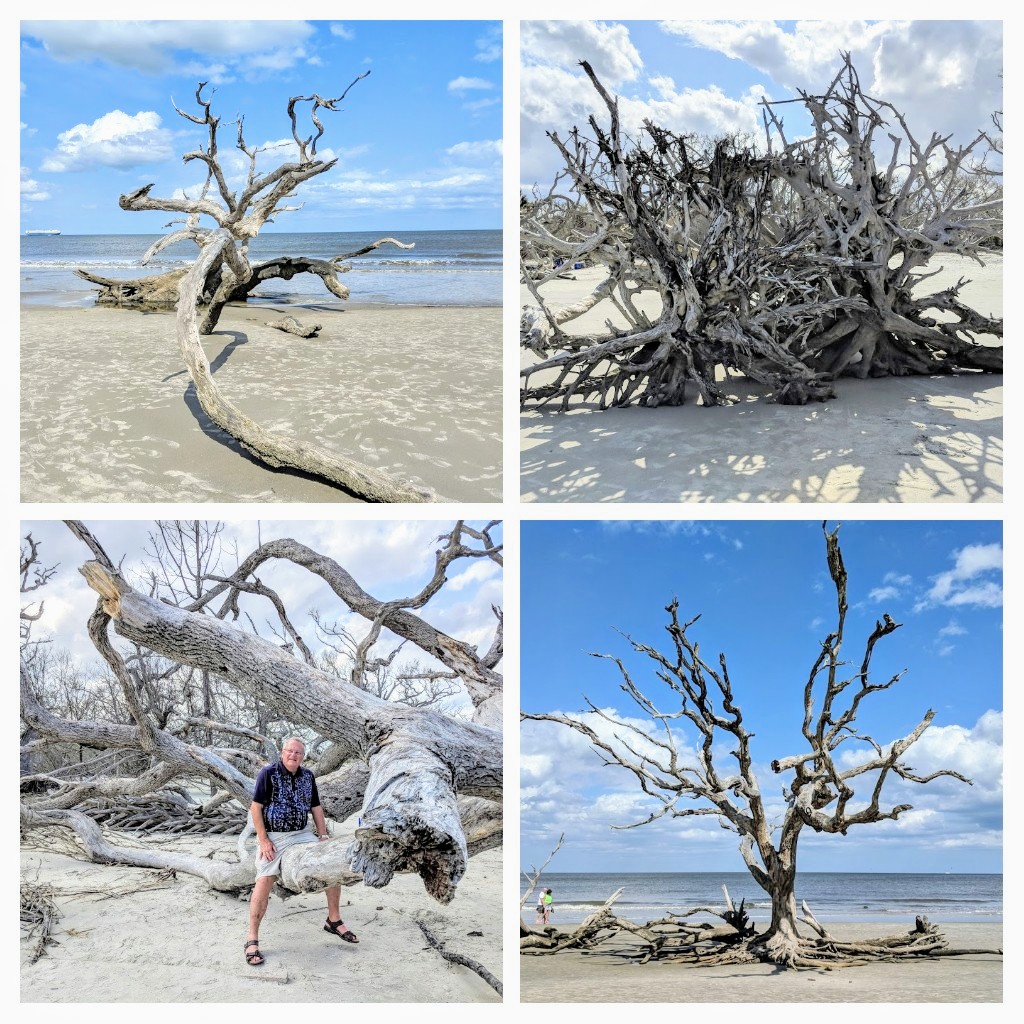AS PUBLISHED IN CHICAGOLAND GOLF, AUGUST 2019.
You can’t try this at home, that’s for sure.
While we continue to write about all things golf for this publication (and a few others), we’ve taken a special liking to Travel Destination pieces in the last 10 years. There’s nothing wrong with playing most of your golf close to home. In fact, we’ve always encouraged that.
Taking your game on the road, though, can be refreshing as well as educational. That’s our job – to find interesting places with golf courses that we think you’d like to visit. We check things out for you, and sometimes that takes considerable time on our part. A couple of our trips over the years have put us on the road for several weeks at a time, and this latest one took up almost all of the month of June.
On this one we headed to the eastern states — the first time we’ve ventured further in that direction than the Outer Banks of North Carolina. Trying to stay close to Interstate 95 we left our Florida home and passed through Georgia, South Carolina, North Carolina, Virginia, Maryland, New Jersey, Massachusetts, Pennsylvania, Connecticut, Rhode Island, Vermont, New Hampshire, New York and Maine.
Our trips are all driving ones, and this one took three weeks and covered slightly over 3,000 miles. Crazy, you’re thinking? Maybe so, but it was a lot of fun experiencing golf in states that we had basically never even visited.
We didn’t play in all the states that we passed through, and planning our trip was much more difficult than it had been for our previous journeys. Thanks to the efforts of Bruce Vittner, publisher of Southern New England Golfer and executive director of the Golf Travel Writers of America, we were included in a three-day writers’ familiarization trip to a golf destination in Maine. That triggered planning other stops that might be on the way or even beyond.
Here’s what we came up with:
GREENSBORO, N.C. – First stop was at the Grandover Resort, a great place that, we learned once we got there, plays a role on the PGA Tour. It is the headquarters site for the Wyndham Championship, which is held at the Sedgefield Country Club nearby. Interesting that a tournament sponsored by a hotel chain used a non-affiliated resort for such a key role in its showcase event, isn’t it?
Grandover has two good courses, the East and West. Both were designed by the architectural team of David Graham, an Australian who won both the U.S. Open and PGA Championship, and Gary Panks.
WILLIAMSBURG, Va. – Colonial Williamsburg has more to offer tourists than golf, what with all its historical attractions. They’re well worth visiting, but the golf there is on the upswing, too. The well-known Kingsmill Resort isn’t the whole show golf-wise.
We hit three facilities – Royal New Kent, The Club at Viniterra and Williamsburg National – that were in full revival mode. Royal New Kent, designed by the late Mike Strantz, was Golf Digest’s Best New Course of 1997. Tough economic times led to its eventual closing but it re-opened in May after a $2 million rehab.
Viniterra, a Rees Jones design that opened 11 years ago, never closed but it carried on without a much-needed clubhouse. A new one opened the day after we played the course. Williamsburg National has two courses. Its Jack Nicklaus design, Jamestown, was closed for awhile and its Yorktown course needed work. Now both courses are in full swing.
KENILWORTH, N.J. – Our friends at Chicago-based KemperSports manage Galloping Hill, an interesting place that is one of the few public facilities to host the New Jersey State Open. It has 27 holes and, unfortunately, we could only look at them from the clubhouse. We got caught in horrendous traffic jams going through Washington D.C., and to cancel our scheduled tee time and then had to move on to make our next destination on time. From the clubhouse, though, you had an extraordinary view of many of the holes and it was a busy place.
VALLEY FORGE, Pa. – This stop involved play at only one course but was a natural destination as it will be the host of the 30th annual International Network of Golf Spring Conference next May. We wanted a sneak preview.
The five-day long Spring Conference, which rotates around the country every year, includes two golf outings. Usually more courses than one are involved, but not here. Raven’s Craw will be the site of both. A fun course designed by owner Ed Shearon, it grabs your attention from first tee shot because there’s half of a house on the edge on the No. 1 fairway. Why it’s there, who knows?
ROCHESTER, N.Y. – This was an eye-opener. Not only is Rochester a nice to look at, it’s also an outstanding golf town. We had stops at Ravenwood, The Links at Greystone and Deerfield. All are located in the suburbs of Rochester and are involved with the Finger Lakes and New York Golf Trails. The New York trail is the biggest in the country in terms of courses participation. It has 30 spread across the state.
Best of the trio on our schedule was The Links at Greystone, a Craig Schreiner design that opened in 1996.
POLAND, Maine – The Maine Golf Trifecta is one of the best golf packages we’ve seen because it offers a little bit of everything for a great price — $349 for three rounds of golf with two nights lodging and four buffet-style meals.
Poland Spring Resort, which dates back to 1797, has a Donald Ross course that opened in 1896. It’s short and user-friendly. Spring Meadows at Cole Farms is a fun layout with its array of elevation changes and Fox Ridge will challenge even the best of players. The latter two don’t have lodging so Trifecta participants stay at Poland Spring.
HOMEWARD-BOUND: No more golf on this trip, but we did experience some history. Vittner took us on a car tour of Newport, R.I., and that included a quick stop at Newport Country Club, the site of the first U.S. Open in 1895.
The end result was a lot of driving – sometimes it did seem like too much – but we could see the change in courses as we drove from state to state. Doing something like this takes some planning and a significant time commitment. We were tired when it was over, but it was a golfing adventure that we’ll never forget.


